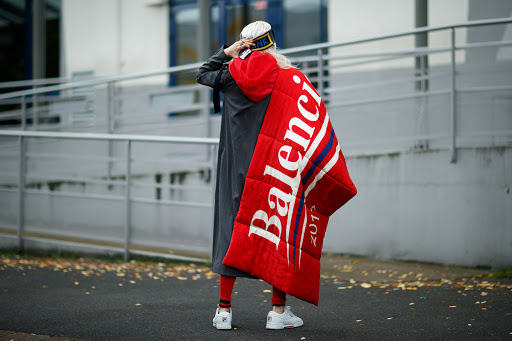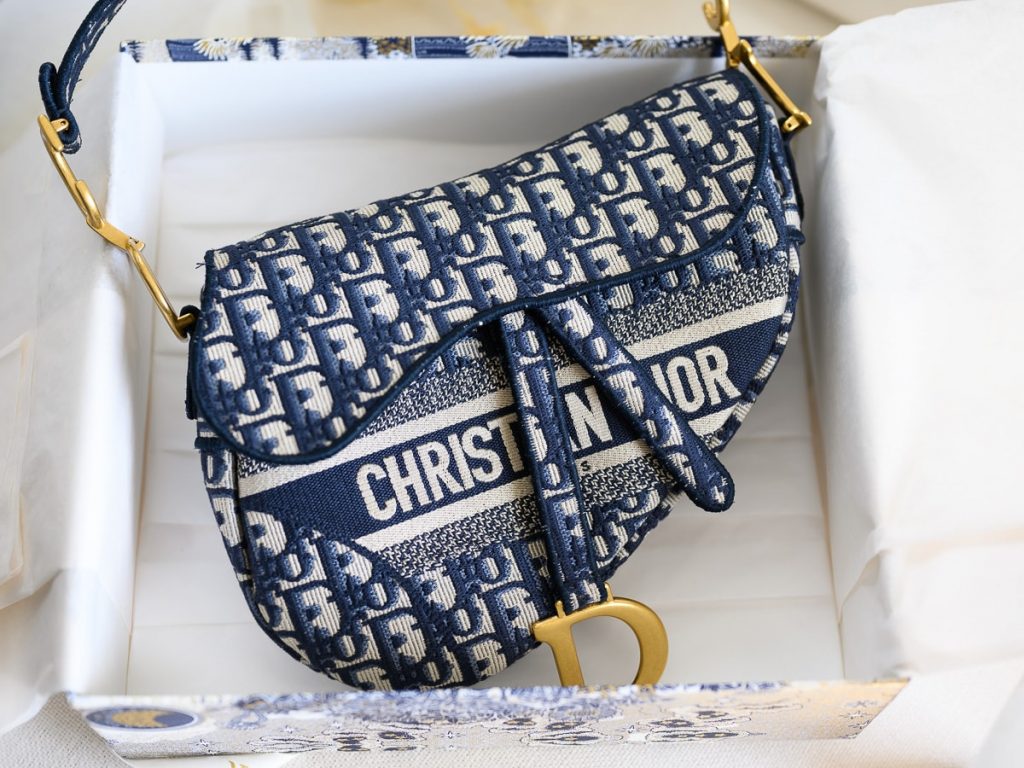Luxury is thriving as much as it ever has, but what’s changed in 2020 is the luxury consumer and the way they think and buy. Especially millennials and Generation Z. For this reason, luxury brands are taking decades-old formulas and putting them to the test with new and disruptive ideas that are sure to take high fashion by storm.
1. Bye bye history, make way for the future
Brand heritage uses to mean everything to luxury houses, but suddenly, history isn’t so important anymore. While those helming brands are still being respectful towards its roots, they’re looking more towards the future and less about the past. Today, values are shifting to being all about premium, design, craftsmanship, and exclusivity. Apparently, people only care about a brand if its created value within 24 hours. Savage, but we kind of get it.

2. Adding some heart to it
While product development used to be the holy grail, brands are trying to humanize themselves so that they seem like they have a soul and aren’t just churning out products for the sake of pure sales. It’s called people innovation, and it’s all about giving those in charge creatively (i.e. designers and artists) freedom to create without being stifled by a formula. The idea is, this will encourage more out of the box thinking.

3. Chatbots and digital consumerism
An in-store concierge and an aggressive sales team used to represent the fashion industry. In an age where online luxury thrives over department stores, some digital pressure is being applied instead. This pressure feels less forced and makes the consumer feel like they have a choice from a safe distance – their computer. Sales bots instead text and contact consumers in other ways, since you know, millennials hate in-person interaction and like to problem solve via text.

4. Working more with local influencers versus big stars
Expect to see less Kardashian-Jenner sponsorship and more cool, underground influencers with cult followings and an edge. Influencers who are closely connected to friends and family are proven more trustworthy and authentic than mega-influencers or celebrities, who simply use their status to tout influence. Say no to fake influencers, and yes to genuine social media fashionistas who value relationships and built trust over sales.

5. Male millennials are a huge part of the 2020 consumer market
Whereas older women used to dominate the luxury market, an unexpected new demographic is entering: men aged 23-36! Yes, male millennial are big spenders and reaching peak consumerism. A whopping 62% of millennial are flexing their spending muscles before they settle down, and brands are reaping the benefits.

6. Affordable luxury makes an untouchable world more touchable
While exclusivity is still at work in high fashion, brands are trying to maintain relevance by becoming a little more accessible to more people. This doesn’t mean that the regular H&M crowd is going to turn into a luxury consumer, but that out-of-reach “you can’t sit with us” vibe is so early 2000s. But in a time when finances are tight, consumers are focused on practicality, research, and visible branding. This attitude of frugality is what we mean by “affordable luxury.”

7. Social responsibility is at an all-time high
It’s not just about looking cute in fur – it’s about faux fur, sustainability, and respectable working conditions for everyone reading the garments. A focus on behind the scenes and green living has never been as prevalent as it is today. Consumers want to know that they’re contributing to a brand that give back to their community and sees things from a compassionate and open-minded perspective. This can also mean confronting past wrongdoings or prejudices that a company has expressed in a less politically correct past.

8. Personalized shopping experience
The luxury consumer in 2020 is demanding but each has completely unique needs. No longer is there a one-size-fits-all approach to consumers. Every instance of customer service is a bespoke one – brands are re-formulating experience using behavioural data on its consumer. While consumers in this day and age do value privacy, they also love having people guess what they need before they say it. This is the ultimate instant gratification that gives a comprehensive view of the consumer using digital and physical touch-points. This means AI in dressing rooms for brick and mortar stores while they still exist.

9. Luxury packaging, but make it eco-friendly
At heart, we’re all kids and just want that feeling of excitement that comes with unwrapping a present to find the goodies inside. Even if it was gifted to us, by us. The tricky thing that luxury sellers will have to deal with is striking the perfect harmony between sustainability and high-end luxury that makes you feel like Beyonce. Get ready to say premium materials that are kind to the earth, as well as packaging that can be kept as a permanent souvenir, or discussed through a storytelling lens.